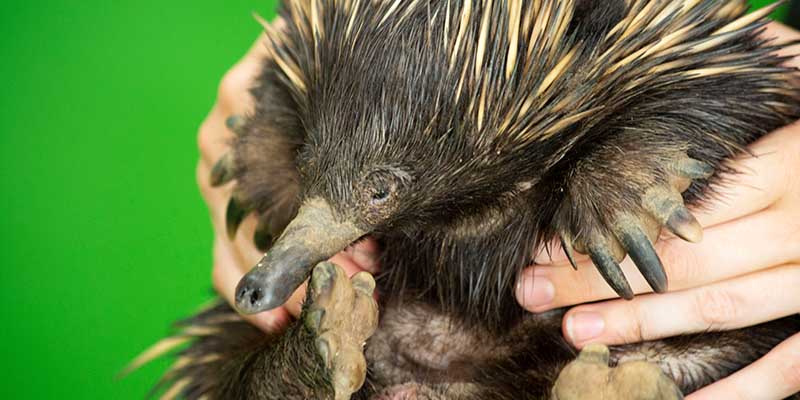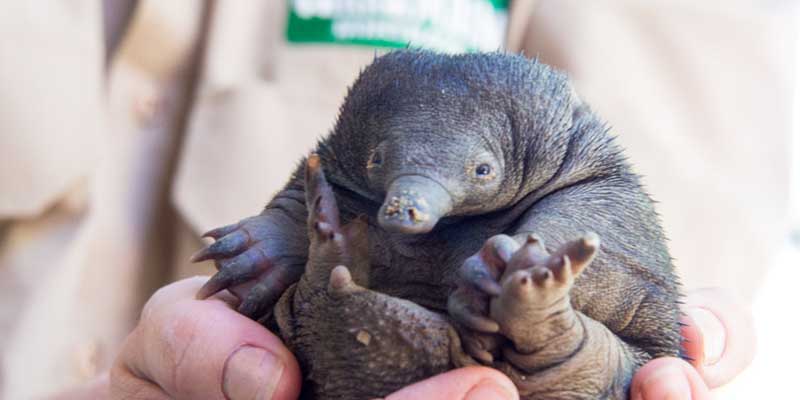10. Sexually Dimorphic Size Differences in Anacondas is the Largest in the World
Female anacondas are almost always larger than male anacondas within a given species. For example, the average length of a female anaconda is about 15 feet. A male will typically grow about 9 feet in length. This size-based sexual dimorphism represents the largest differential of its kind in any animal.
Thus, if a record-breaking anaconda appears in the world, the chances are very high that it is a female.
9. Anacondas Give Birth to Live Young
Most snakes lay eggs when they reproduce. The king cobra even makes a nest and guards it. However, anacondas give birth to live young. Still, the baby snakes still begin their lives within eggs. Anacondas are ovoviviparous, and that means the eggs stay inside the mother until they hatch.
After the eggs hatch inside of the mother, they are “birthed”, break through the thin membrane from their egg sac and swim off into the world.
8. An Anaconda May Be the Longest Snake Ever
 The head and neck of the snake direct its body when moving.
The head and neck of the snake direct its body when moving.
Although a few Burmese pythons have received somewhat reliable measurements exceeding 25ft, one anaconda may have been longer. According to one news story from Brazil, it seems that workers at a construction site found an anaconda that measured 33ft long! Unfortunately, the snake was killed, and no scientific analysis took place on the creature.
The snake was said to have a head that was a full 3ft across and a weight of 880lbs! If those measurements were true, then this was the longest snake ever found and certainly the heaviest!
7. A Surprising Anaconda Fact: Anacondas Don’t Kill by Suffocation
A common misconception about anacondas is that they kill their prey by squeezing it to death. However, that’s not true. They do not wait for their prey to exhale and then ratchet their squeeze to kill them.
Being that anacondas will often attack creatures from the water, one of their favored methods of attack is to drown their prey. Anacondas can survive underwater for about 10 minutes at a time, but their prey cannot. Also, anacondas can kill by overwhelming the circulatory system of their prey’s body. They squeeze so hard that the heart can’t pump blood outward.
6. Anacondas Have Competitive Mating in a “Breeding Ball”
When the time comes to mate, anacondas don’t select a single mate with whom to breed. Instead, they will form a mass of multiple male snakes and one female at the center. When she chooses the male that is largest and has the best characteristics, she will then allow him to mate with her.
This competition and mating process can last for up to a month, and the female will mate several times during that period to ensure fertilization.
5. Female Anacondas Sometimes Eat Their Mates
 Anacondas have a slow metabolism, but they need food for the gestation
Anacondas have a slow metabolism, but they need food for the gestation
The massive difference in sexual dimorphism combined with the long period of time that is spent without eating leads to some females eating their mates. These snakes need to get their fill of food after spending all that time in the mating ball and for the gestation period that lies ahead.
This cannibalism isn’t extremely common. However, it always occurs with the much larger female eating smaller males.
4. Anacondas Are the Heaviest Snakes in the World
Even if you erased the potential longest snake record off the books, anacondas are still the heaviest snakes in the world. Reticulated pythons and Burmese pythons are incredibly long snakes. Yet, they are rather thin, so they don’t weigh that much.
Anacondas are massive, thick, muscular snakes that can weigh up to over 500lbs. If we do count the previously mentioned snake record, then one anaconda reportedly weighed almost 900lbs!
3. Most Anacondas Can Live for Weeks or Months Without Eating
Anacondas can hunt and kill very large prey including deer. That means they do not need to eat that often after securing a kill. Anacondas have a very slow metabolism, so they can comfortably survive for several weeks.
Anacondas have increased metabolism when they are breeding. That helps explain why the females may eat the males after the breeding session has concluded.
2. A Worrying Anaconda Fact: They Are from South America but May Be Spreading
Originally, anacondas are from South America in countries east of the Andes Mountains. They live in a similar area to the prehistoric Titanoboa. Up until a few decades ago, South America was the only place where these snakes lived.
Unfortunately, yellow and green anacondas have been found in the Florida Everglades as an invasive species. They were probably released in that area by former pet owners. Whether they become as numerous as the Burmese pythons in the area remains to be seen.
1. Anacondas Can Spend 10 Minutes Underwater
 Anacondas have eyes high on their heads so they can sit and wait for prey to appear
Anacondas have eyes high on their heads so they can sit and wait for prey to appear
Despite their massive weight and size, anacondas are ambush predators. They hide most of their body under the water and then strike their foes. They can wait completely under the water for 10 minutes, leaving only their eyes looking out. When they find something suitable to eat, they will lunge from the water, grab the prey, wrap it up, and kill it.
Anacondas are very interesting and dangerous creatures. However, no records exist of them harming human beings. Most of them live in very remote places. The chances of you running into the snake in the wild are very low. Even if you did find one on land, you could get away by quickly and calmly retreating.
Female anacondas are almost always larger than male anacondas within a given species. For example, the average length of a female anaconda is about 15 feet. A male will typically grow about 9 feet in length. This size-based sexual dimorphism represents the largest differential of its kind in any animal.
Thus, if a record-breaking anaconda appears in the world, the chances are very high that it is a female.
9. Anacondas Give Birth to Live Young
Most snakes lay eggs when they reproduce. The king cobra even makes a nest and guards it. However, anacondas give birth to live young. Still, the baby snakes still begin their lives within eggs. Anacondas are ovoviviparous, and that means the eggs stay inside the mother until they hatch.
After the eggs hatch inside of the mother, they are “birthed”, break through the thin membrane from their egg sac and swim off into the world.
8. An Anaconda May Be the Longest Snake Ever
 The head and neck of the snake direct its body when moving.
The head and neck of the snake direct its body when moving.Although a few Burmese pythons have received somewhat reliable measurements exceeding 25ft, one anaconda may have been longer. According to one news story from Brazil, it seems that workers at a construction site found an anaconda that measured 33ft long! Unfortunately, the snake was killed, and no scientific analysis took place on the creature.
The snake was said to have a head that was a full 3ft across and a weight of 880lbs! If those measurements were true, then this was the longest snake ever found and certainly the heaviest!
7. A Surprising Anaconda Fact: Anacondas Don’t Kill by Suffocation
A common misconception about anacondas is that they kill their prey by squeezing it to death. However, that’s not true. They do not wait for their prey to exhale and then ratchet their squeeze to kill them.
Being that anacondas will often attack creatures from the water, one of their favored methods of attack is to drown their prey. Anacondas can survive underwater for about 10 minutes at a time, but their prey cannot. Also, anacondas can kill by overwhelming the circulatory system of their prey’s body. They squeeze so hard that the heart can’t pump blood outward.
6. Anacondas Have Competitive Mating in a “Breeding Ball”
When the time comes to mate, anacondas don’t select a single mate with whom to breed. Instead, they will form a mass of multiple male snakes and one female at the center. When she chooses the male that is largest and has the best characteristics, she will then allow him to mate with her.
This competition and mating process can last for up to a month, and the female will mate several times during that period to ensure fertilization.
5. Female Anacondas Sometimes Eat Their Mates
 Anacondas have a slow metabolism, but they need food for the gestation
Anacondas have a slow metabolism, but they need food for the gestation The massive difference in sexual dimorphism combined with the long period of time that is spent without eating leads to some females eating their mates. These snakes need to get their fill of food after spending all that time in the mating ball and for the gestation period that lies ahead.
This cannibalism isn’t extremely common. However, it always occurs with the much larger female eating smaller males.
4. Anacondas Are the Heaviest Snakes in the World
Even if you erased the potential longest snake record off the books, anacondas are still the heaviest snakes in the world. Reticulated pythons and Burmese pythons are incredibly long snakes. Yet, they are rather thin, so they don’t weigh that much.
Anacondas are massive, thick, muscular snakes that can weigh up to over 500lbs. If we do count the previously mentioned snake record, then one anaconda reportedly weighed almost 900lbs!
3. Most Anacondas Can Live for Weeks or Months Without Eating
Anacondas can hunt and kill very large prey including deer. That means they do not need to eat that often after securing a kill. Anacondas have a very slow metabolism, so they can comfortably survive for several weeks.
Anacondas have increased metabolism when they are breeding. That helps explain why the females may eat the males after the breeding session has concluded.
2. A Worrying Anaconda Fact: They Are from South America but May Be Spreading
Originally, anacondas are from South America in countries east of the Andes Mountains. They live in a similar area to the prehistoric Titanoboa. Up until a few decades ago, South America was the only place where these snakes lived.
Unfortunately, yellow and green anacondas have been found in the Florida Everglades as an invasive species. They were probably released in that area by former pet owners. Whether they become as numerous as the Burmese pythons in the area remains to be seen.
1. Anacondas Can Spend 10 Minutes Underwater
 Anacondas have eyes high on their heads so they can sit and wait for prey to appear
Anacondas have eyes high on their heads so they can sit and wait for prey to appearDespite their massive weight and size, anacondas are ambush predators. They hide most of their body under the water and then strike their foes. They can wait completely under the water for 10 minutes, leaving only their eyes looking out. When they find something suitable to eat, they will lunge from the water, grab the prey, wrap it up, and kill it.
Anacondas are very interesting and dangerous creatures. However, no records exist of them harming human beings. Most of them live in very remote places. The chances of you running into the snake in the wild are very low. Even if you did find one on land, you could get away by quickly and calmly retreating.
Jun 2, 2023 - .best. day. ever.
thank you again
. . .
list0 on Discord, reach out for inquiries.
Or send me a private message, I'm responsive.
Or send me a private message, I'm responsive.
[m]
[7:19 PM] Aliosa: Can't have loopholes if there are no loops.
[9:14 AM] Viddah: Just remember if you step on toes youre gonna have to suck on them to make the pain go away
[9:16 AM] [Faux_fan]ancient: put me in the screenshot
[9:16 AM] [Faux_fan]ancient: put me in the screenshot
1. There are over 1,400 species of bats worldwide. Bats can be found on nearly every part of the planet except in extreme deserts and polar regions(link is external). The difference in size and shape are equally impressive. Bats range in size from the Kitti’s hog-nosed bat (also called the Bumblebee Bat) that weighs less than a penny — making it the world’s smallest mammal — to the flying foxes, which can have a wingspan of up to 6 feet. The U.S. and Canada are home to about 45 species of bats and additional species are found in the U.S. territories in the Pacific and Caribbean.
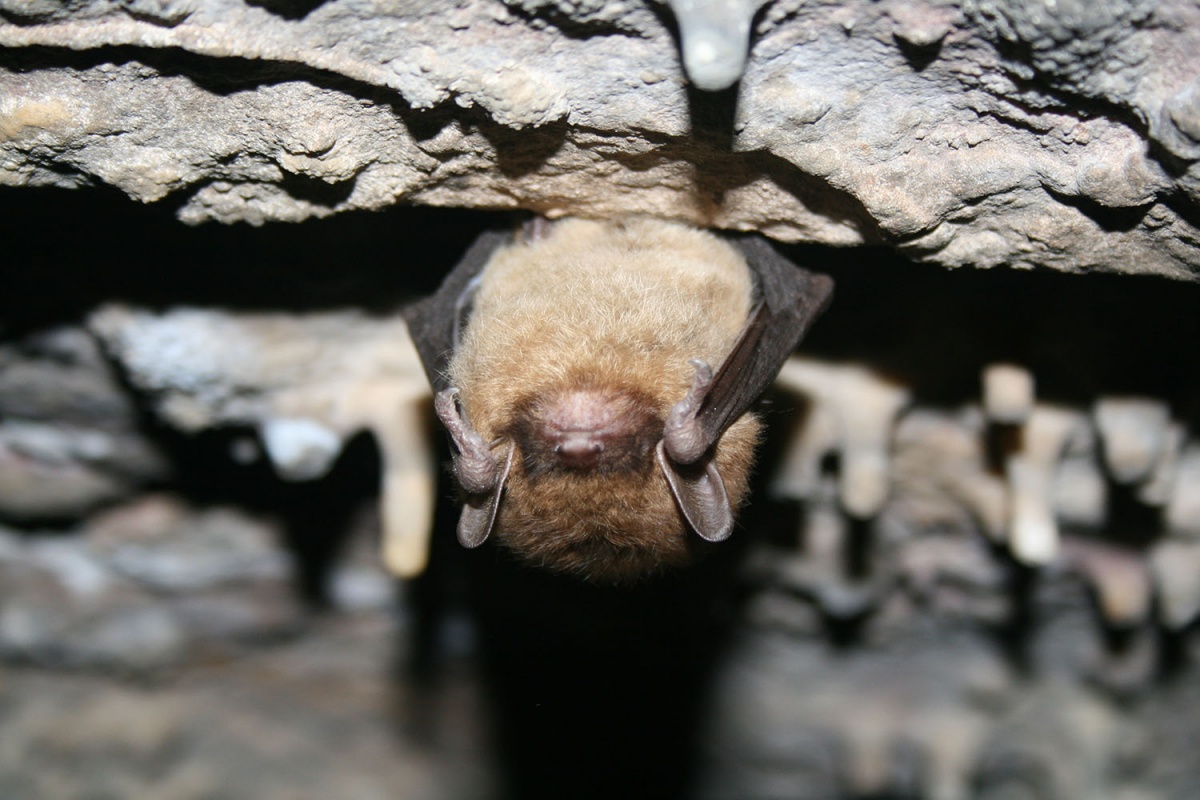
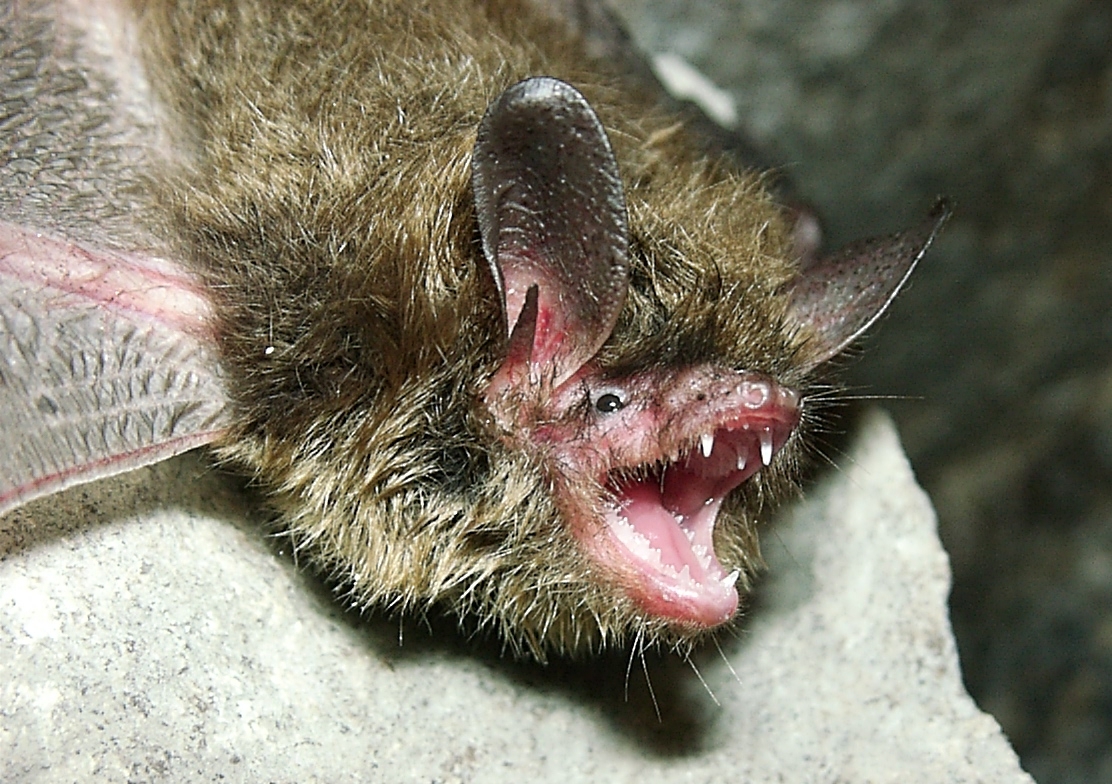
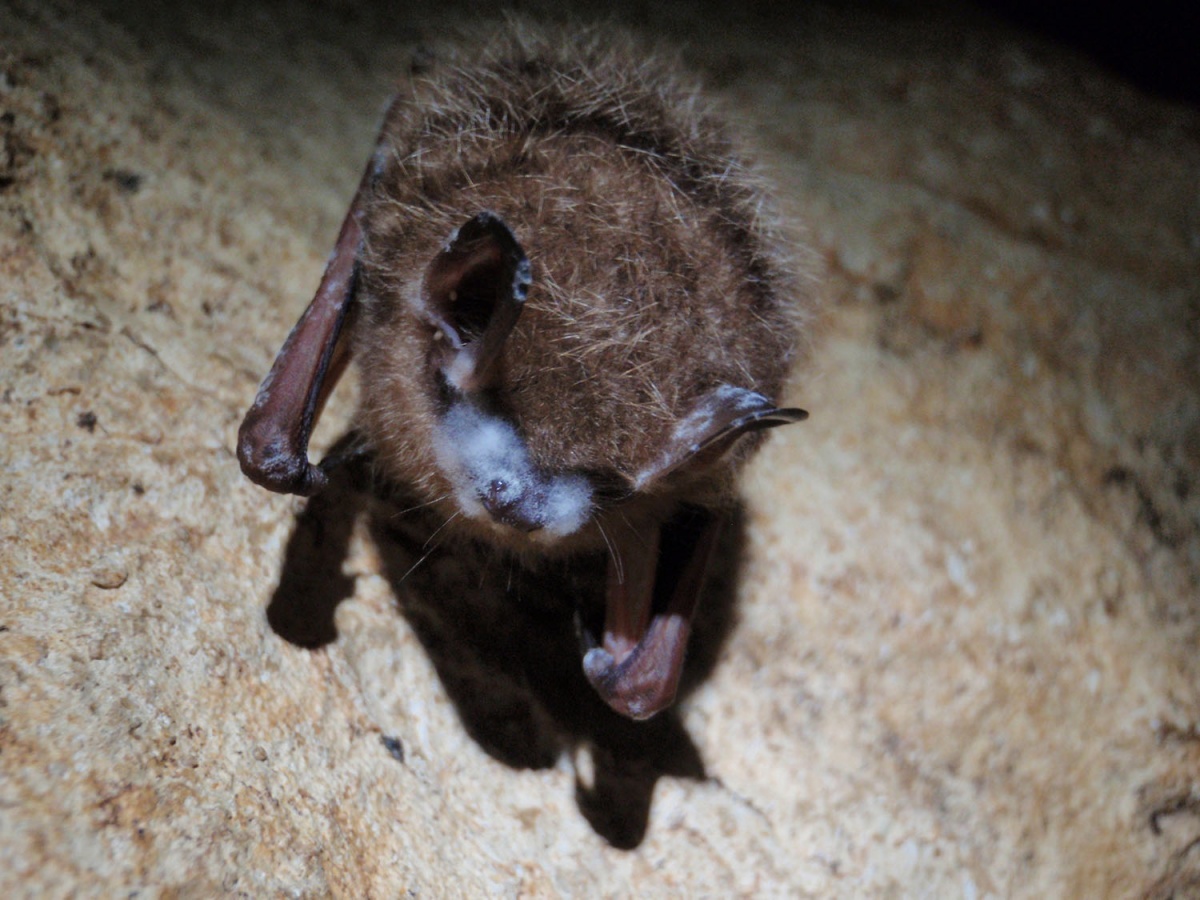

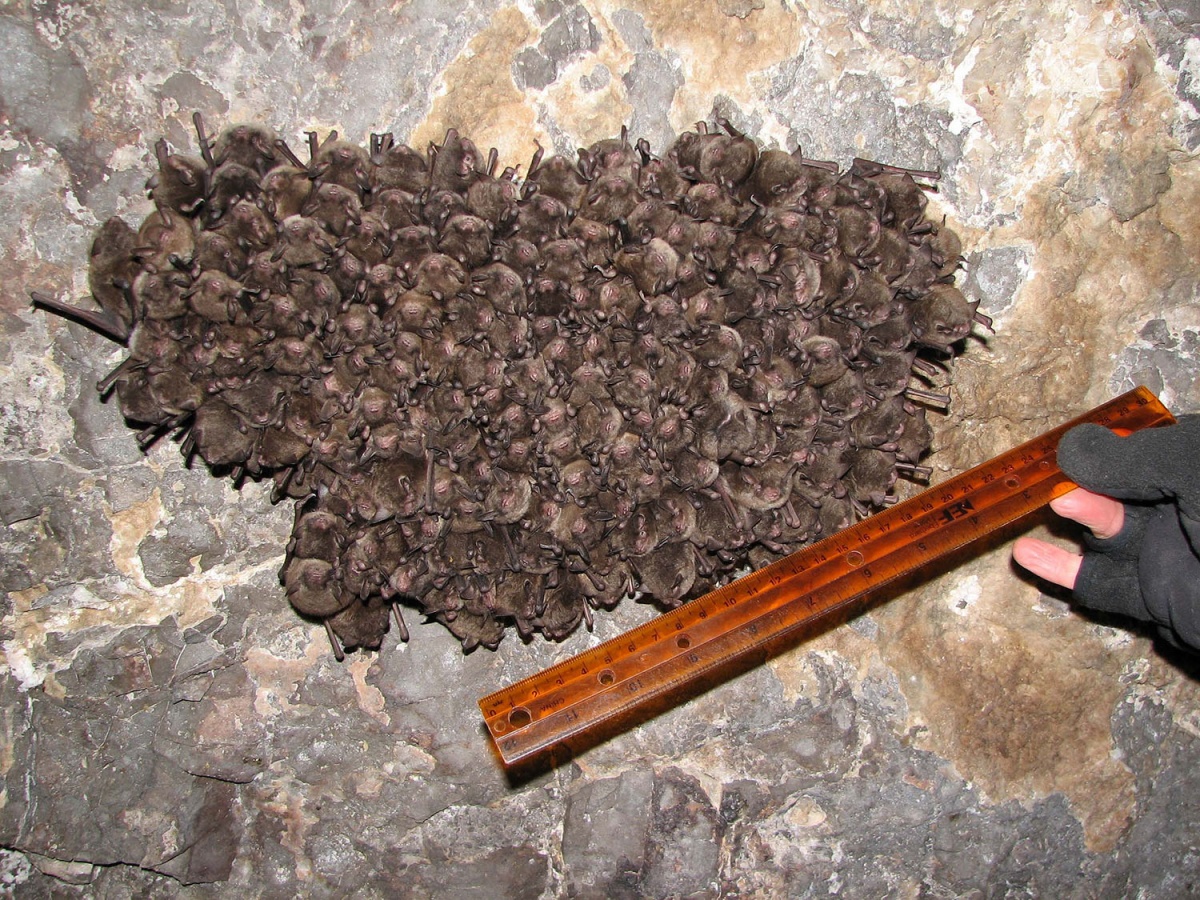

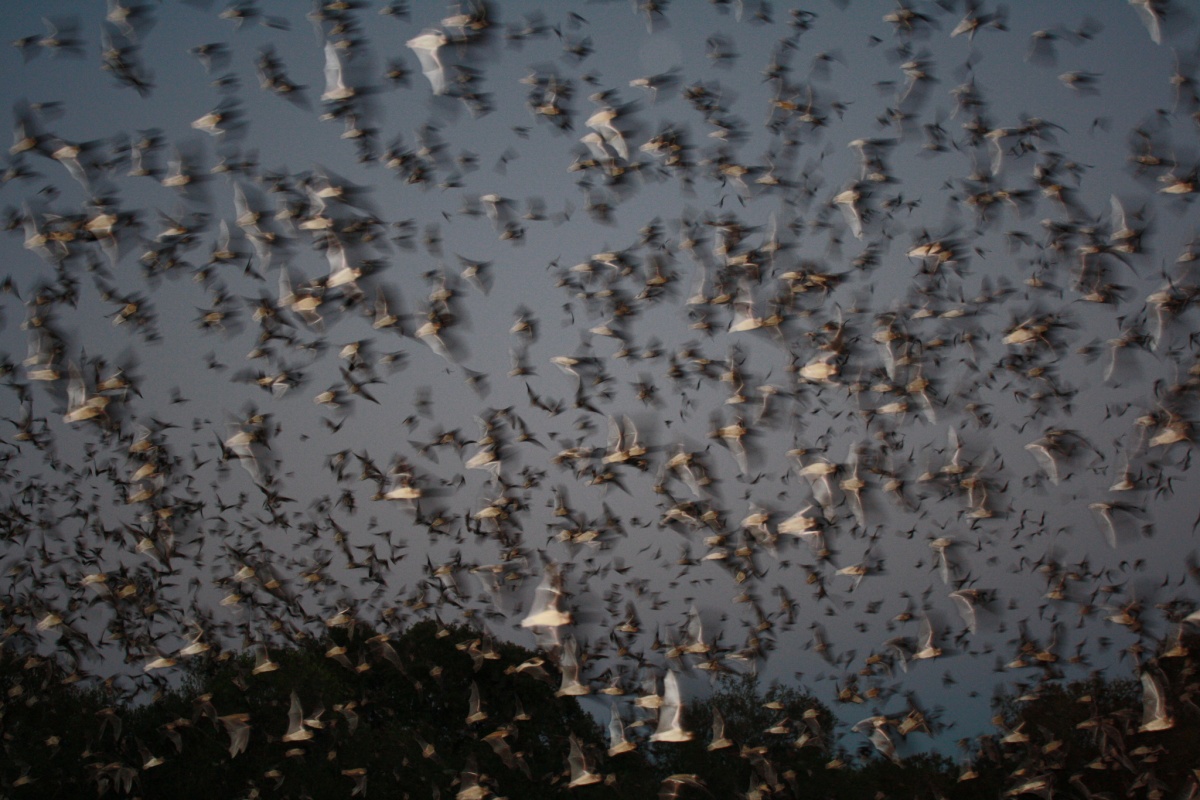

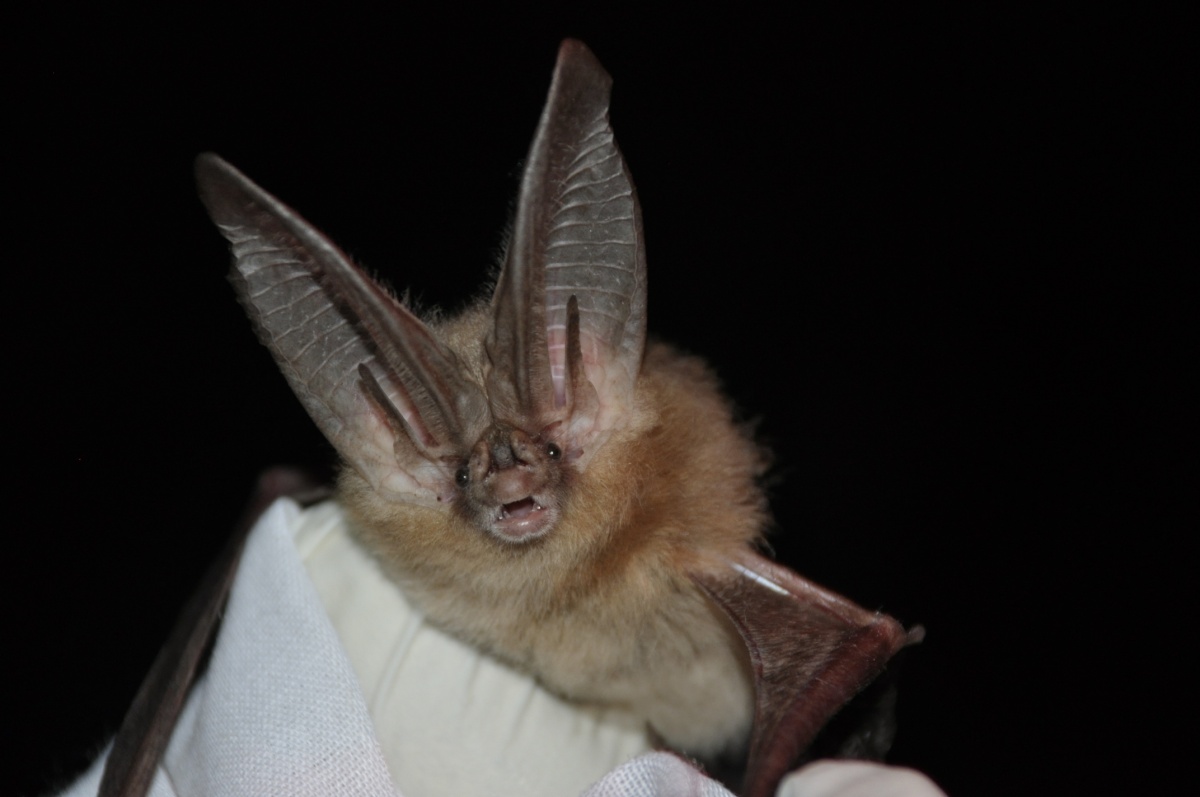
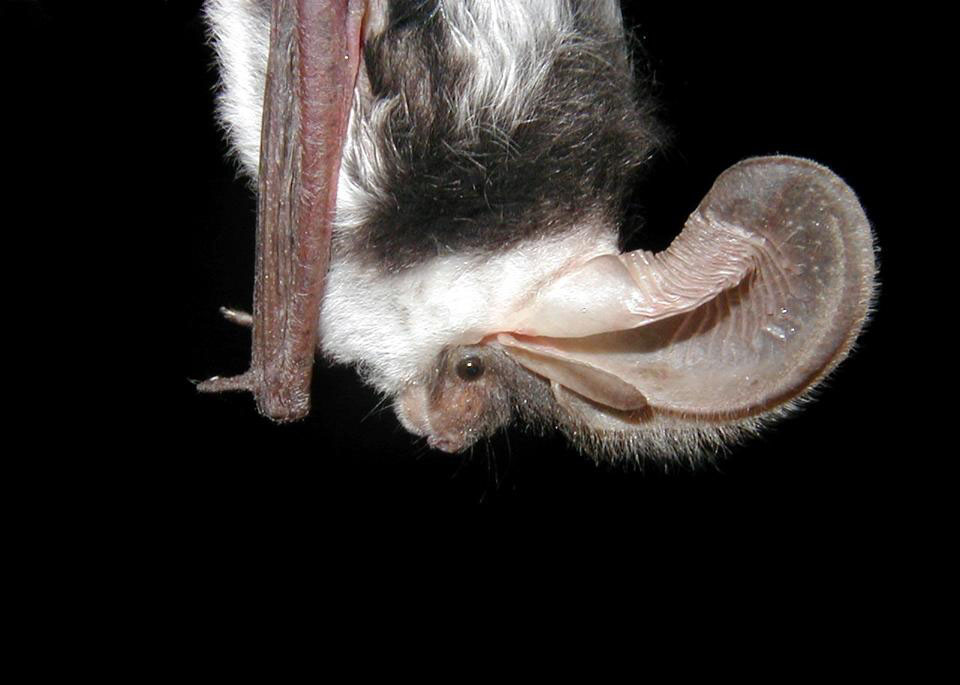
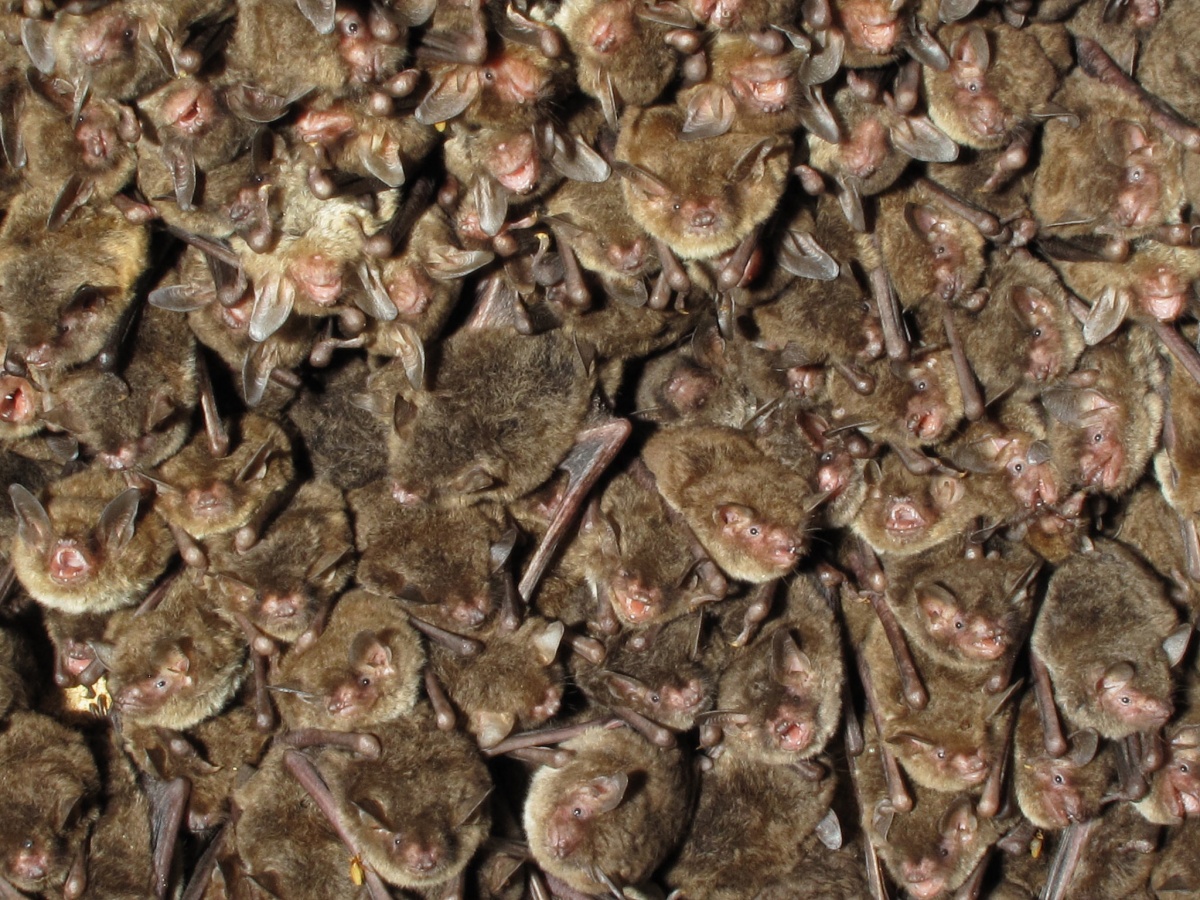
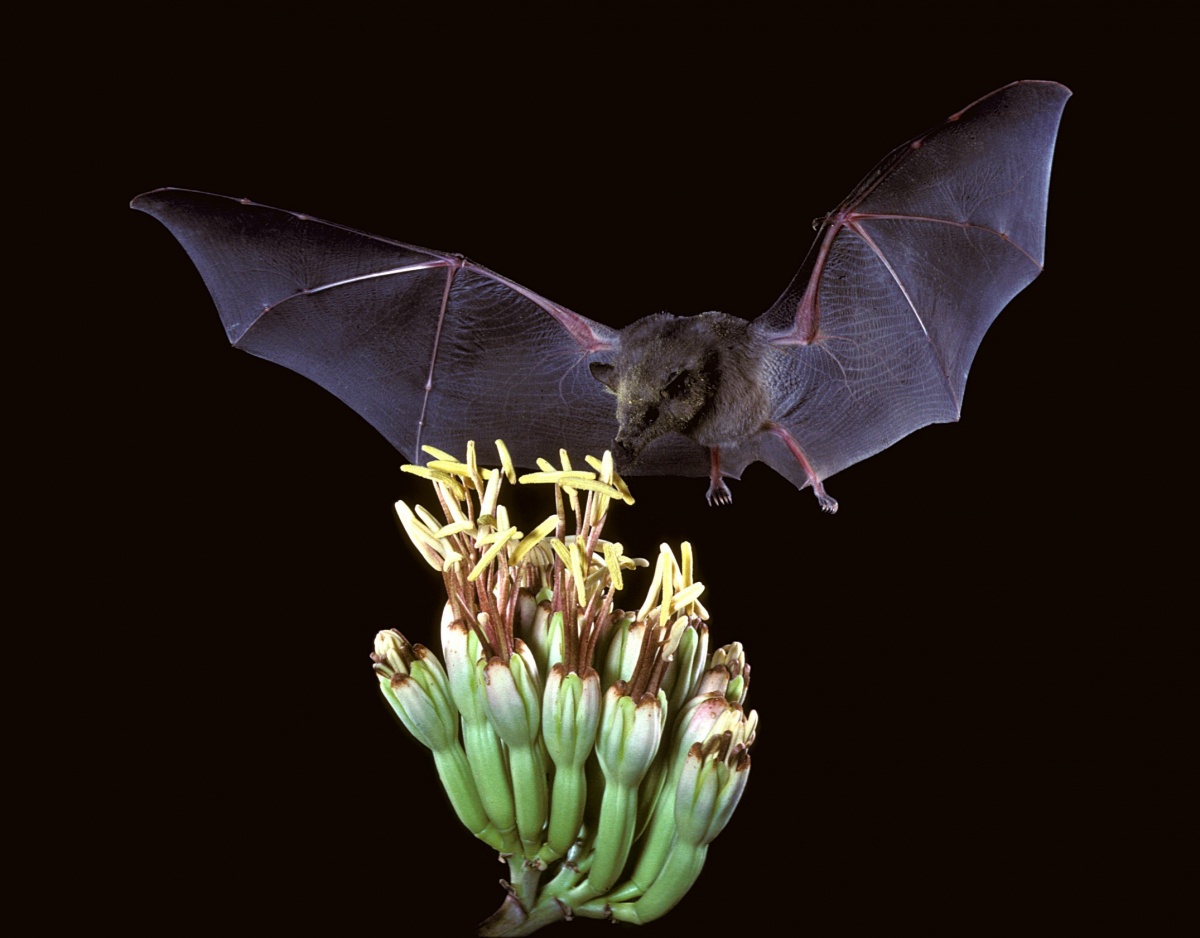


The little brown bat lives up to its name. It weighs only a 1/4-1/3 of an ounce, is about 2 inches long, has a 6-inch wingspan and you‘ll never guess what color it is. Photo by Ann Froschauer, USFWS.
2. Not all bats hibernate. Even though bears and bats are the two most well-known hibernators, not all bats spend their winter in caves. Some bat species like the spotted bat survive by migrating in search of food to warmer areas when it gets chilly. 
The Northern long-eared bat spends winter hibernating in caves and mines. Photo by Andrew King, USFWS.
3. Bats have few natural predators — disease is one of the biggest threats. Owls, hawks and snakes eat bats, but that’s nothing compared to the millions of bats dying from white-nose syndrome. The disease — named for a white fungus on the muzzle and wings of bats — affects hibernating bats and has been detected in 37 states and seven Canadian provinces. This deadly syndrome has decimated certain species more than others. It has killed over 90% of northern long-eared, little brown and tri-colored bat populations in fewer than 10 years. Scientists are working to understand the disease. You can help by avoiding places where bats are hibernating(link is external). If you do go underground, decontaminate your clothing, footwear and gear to help with not spreading this disease to other areas. 
A tri-colored bat shows symptoms of white-nose syndrome. Photo by National Park Service.
4. Without bats, say goodbye to bananas, avocados and mangoes. Over 300 species of fruit depend on bats for pollination(link is external). Bats help spread seeds for nuts, figs and cacao — the main ingredient in chocolate. Without bats, we also wouldn’t have plants like agave or the iconic saguaro cactus. Just like a hummingbird, the lesser long-nosed bat can hover at flowers, using its 3-inch-long tongue — equal to its body length — to feed on nectar in desert environments. Photo by Merlin D. Tuttle, Bat Conservation International.
5. Night insects have the most to fear from bats. Each night, bats can eat their body weight in insects, numbering in the thousands! This insect-heavy diet helps foresters and farmers protect their crops from pests.
The endangered Indiana bat, which weighs about three pennies, consumes up to half its bulk every evening. Photo by Andrew King, USFWS.
6. Bats are the only flying mammal. While the flying squirrel can only glide for short distances, bats are true fliers. A bat’s wing resembles a modified human hand — imagine the skin between your fingers larger, thinner and stretched. This flexible skin membrane that extends between each long finger bone and many movable joints make bats agile fliers.California leaf-nosed bats exit a cave at Joshua Tree National Park. You can easily distinguish these bats by their leaf-like noses and large ears. Photo by Kristen Lalumiere, National Park Service.
7. Bats may be small, but they’re fast little creatures. How fast a bat flies depends on the species, but they can reach speeds over 100 miles per hour(link is external) according to new research. 
Mexican free-tailed bats emerge from Texas’s Bracken Cave. Over 15 million bats live there, making it the largest known bat colony (and largest concentration of mammals) on Earth. Photo by Ann Froschauer, USFWS.
8. Conservation efforts are helping bat species recover. At least 12 types of U.S. bats are endangered, and more are threatened. These amazing animals face a multitude of threats including habitat loss and disease, but we're working to change that. A unique international conservation partnership in the southwestern U.S. and Mexico has been working to help one species, the lesser long-nosed bat, recover to the point it can be removed from the Endangered Species list. In 1988, there were thought to be fewer than 1,000 bats at the 14 known roosts range wide. There are now an estimated 200,000 bats at 75 roosts! The ancestors of the endangered Hawaiian Hoary Bat traveled over 3,600 kilometers from the Pacific Coast almost 10,000 years ago to become Hawaii's state land mammal. Photo by Frank Bonaccorso, USGS.
9. The longest-living bat is 41 years old. It’s said that the smaller the animal, the shorter its lifespan, but bats break that rule of longevity. Although most bats live less than 20 years in the wild, scientists have documented six species that life more than 30 years. In 2006, a tiny bat from Siberia set the world record at 41 years(link is external).
The Townsend's big-eared bat's average lifespan is 16 years. Photo by Ann Froschauer, USFWS.
10. Like cats, bats clean themselves. Far from being dirty, bats spend a lot of time grooming themselves. Some, like the Colonial bat, even groom each other. Besides having sleek fur, cleaning also helps control parasites.
The spotted bat gets its name from its distinct appearance of black and white spotted fur. Another interesting fact about the spotted bat — it has the largest ears of any North American species. Photo by Paul Cryan, USGS.
11. Dogs aren’t the only ones with pups. Baby bats are called pups, and a group of bats is a colony. Like other mammals, mother bats feed their pups breastmilk, not insects. Most bats give birth to a single pup! There is at least one species that commonly has twins and that is the eastern red bat. Momma bats form nursery colonies in spring in caves, dead trees and rock crevices.
Bats benefit from maintaining a close-knit roosting group because they increase reproductive success, and it is important for rearing pups. Photo by Alan Cressler, USGS.
12. Bats are inspiring medical marvels. About 80 medicines come from plants that rely on bats for their survival. While bats are not blind, studying how bats use echolocation has helped scientists develop navigational aids for the blind. Research on bats has also led to advances in vaccines.
The Mexican long-tongued bat is a vital pollinator in desert systems. They have a long, bristle-like tongue, allowing them to sip nectar from agave and cacti. Photo by USFWS.
13. Innies or Outies? Humans aren’t the only ones with belly buttons(link is external). With a few exceptions, nearly all mammals have navels because of mom’s umbilical cord, and bats are no different. Now the real question is: Innies or outies? Can you spot this Mariana Fruit bat’s belly button? Photo by Julia Boland, USFWS.
Jun 2, 2023 - .best. day. ever.
can u close the thread





